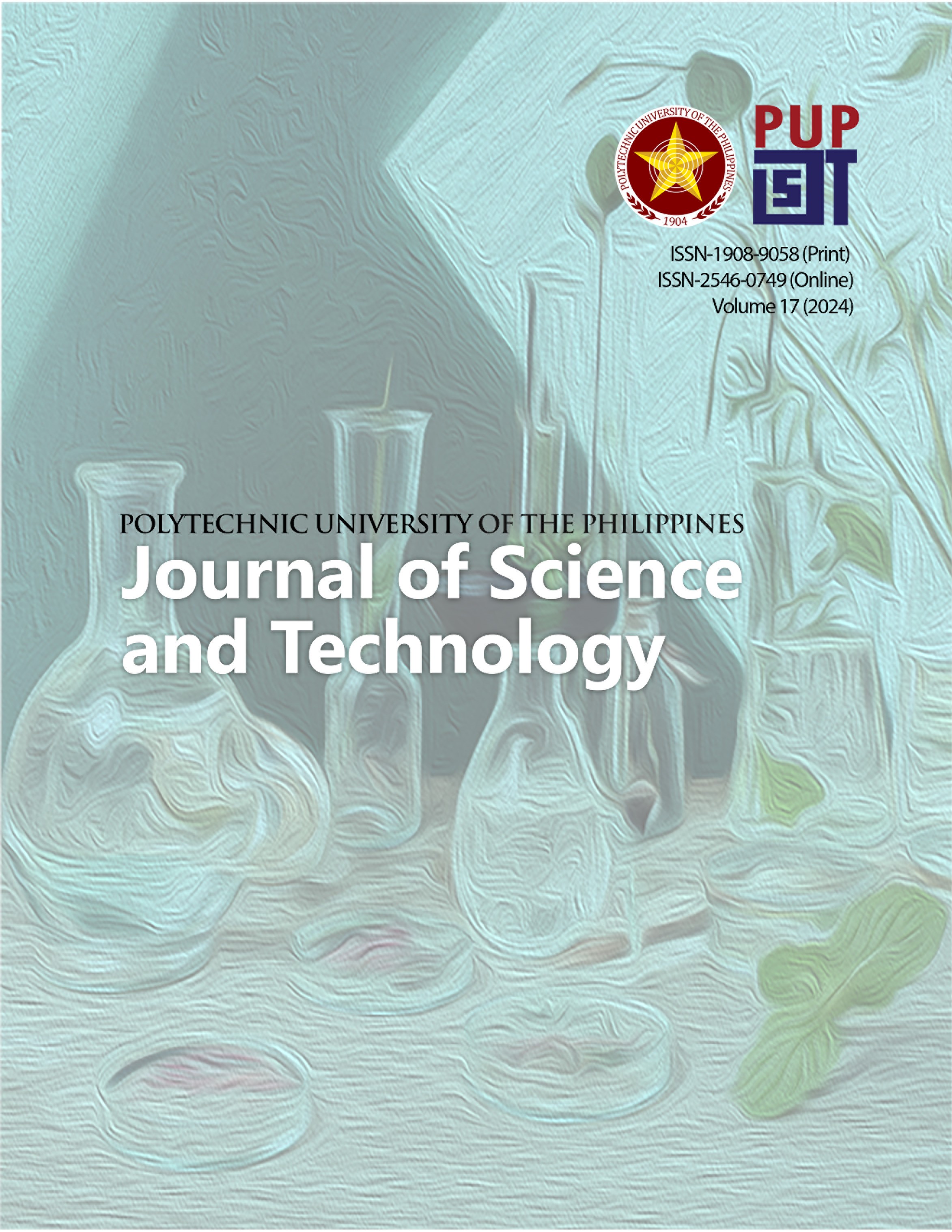Co-contamination of Raw Vegetables with Meloidogyne spp. and Human Intestinal Parasites: An Emerging Insight in Public Health
DOI:
https://doi.org/10.70922/zhn96436Keywords:
Soil-transmitted helminths, protozoa, neglected tropical disease, food-borne parasitic infectionsAbstract
This study was aimed at detecting the parasitic contamination in raw vegetables sold in the four public markets in the city of Manila, Philippines. This cross-sectional study was carried out from March to September 2022. Observations on the personal hygiene of the vendors and environmental sanitation were conducted. A total of 87 fresh vegetable samples were collected and processed for the detection of parasitic life forms using standard parasitological techniques for protozoa and helminth worms. The occurrence rate of at least one parasitic contamination of the vegetables was 39.1%, mostly with Meloidogyne spp. (26.4%). Other parasites detected are Ascaris lumbricoides (8.0%), hookworm (6.9%), Fasciola spp. (5.7%), Giardia spp. (2.3%), and Cyclospora spp. (1.1%). Other parasites are macroscopic (6.9%). Remarkably, a high level of contamination was detected in Chinese cabbage (Brassica rapa) 68.8%, cabbage (Brassica oleracea) 55.6%, lettuce (Lactuca sativa) 55.6%, ginger (Zingiber officinale) 44.4%, and carrots (Daucus caruta) 40%. The contamination rates of vegetables from the four public markets were analyzed and a significant difference was noted (x2 = 11.852, p = 0.007908) at p-value <.05. This implies that public markets in the city of Manila could play a role in the transmission of parasitic infections in the area. The high occurrence rate of Meloidogyne spp., which is a spurious parasite of man, was included in the analysis and discussions. It is in response to the emerging discussions regarding the reported passage of Meloidogyne spp. in human stool samples.
Downloads
Downloads
Published
Issue
Section
License
Copyright (c) 2024 PUP Journal of Science and Technology

This work is licensed under a Creative Commons Attribution-NonCommercial 4.0 International License.







